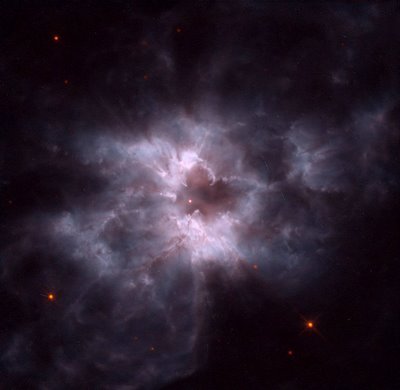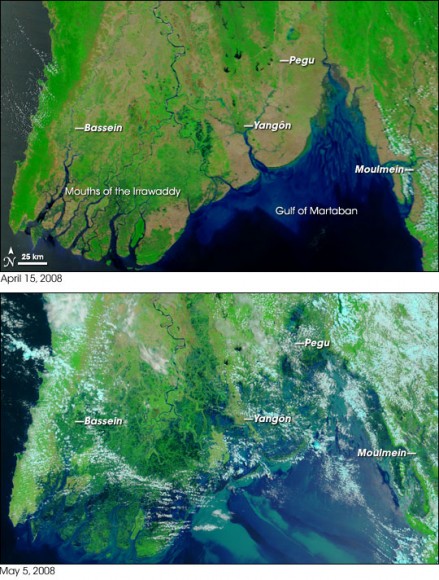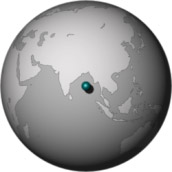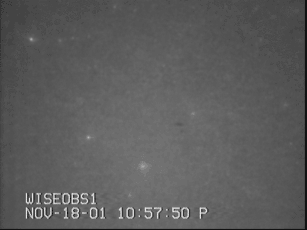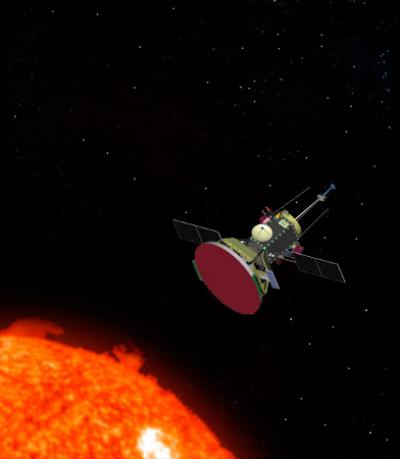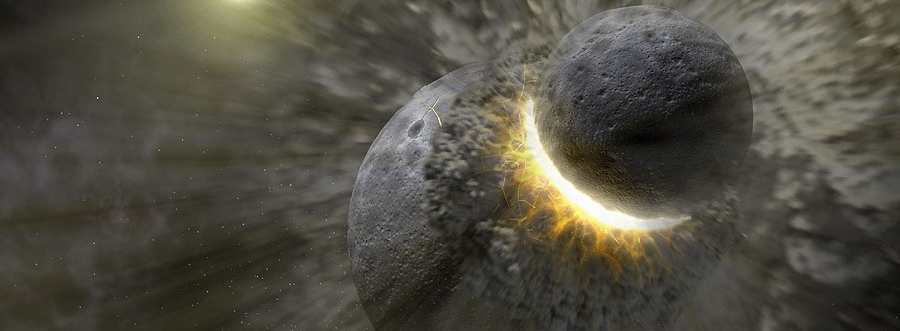New results from the The Compact Reconnaissance Imaging Spectrometer for Mars (CRISM) on board the Mars Reconnaissance Orbiter (MRO) reveal the mineral composition of the bottom of Chandor Chasma. There is a rich mix of sulfate and pyroxene-containing deposits in this region and the CRISM instrument continues to find deposits of minerals never thought to exist on the planet’s surface. However, the primary mission objective is to find evidence of water, past and present, aiding the hunt for the best location of the first Mars settlements. SETI Institute principal investigator and CRISM scientist Dr Adrian Brown answers some of my questions about CRISM and how the results may be useful for future manned missions to the Red Planet…
Part of my duties as Communications Officer with the Mars Foundation (a non-profit organization for Mars settlement designers) is to contact and interview key mission scientists working on missions that could be useful for getting us closer to realising the first manned settlement on the Red Planet. Dr Adrian Brown is one such scientist; the CRISM instrument is one such mission. CRISM, an advanced spectrometer, has been looking out for the mineral fingerprint of water since 2006. Minerals will have dissolved in ancient liquid water, so looking for the dry remnants of these minerals today will help to reveal the surface conditions of the past. Another mission objective is to characterize present water on Mars, seeing how surface water ice forms and how it varies with the seasons. Dr Brown’s current project is to map the seasonal variations of water ice in the Martian southern polar region.
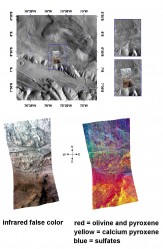
In a timely news release, the CRISM mission site has announced new results to come from the analysis of the mineral distribution at the bottom of Candor Chasma (pictured), part of the vast Valles Marineris. Candor Chasma is a deep, long and steep-sided valley about 813 km (505 miles) long and has been cited as a possible location for the Hillside Settlement concept as conceived by the Mars Foundation. In fact, this settlement concept was the inspiration behind the first permanent settlement aptly called “Underhill” in Kim Stanley Robinson’s epic novel Red Mars. So, there is obvious interest as to what Candor Chasma can offer the colonists inhabiting the Hillside Settlement with easy access to locally mined minerals.
The CRISM instrument has discovered quantities of sulfate and pyroxene rich deposits in the region, useful for many industrial processes. In our interview, Dr Brown outlined other important minerals that CRISM has found and some of their common uses here on Earth:
“These [minerals] include kaolinite (chinaware is made of this mineral), talc (the main constituent of many soaps) and hydrated silica (perhaps like chert, which Indian knives were carved out from). The small amounts of these minerals means it has been impossible to discover them before CRISM, and previously they were discounted in all our modelling of Mars.” – Dr Adrian Brown, SETI Institute principal investigator and CRISM scientist.
For me, the most revealing part of our conversation was Brown’s estimate on the sheer quantity of water held as ice in the north polar cap. The north pole hides under a 1000 km (620 mile) diameter disk of near-pure water ice (with some impurities like sand and dust, giving a pink hue). This disk is 3 km (1.9 miles) high, holding staggering 2.35 million cubic kilometers of water. That’s enough water to cover the continental US to a depth of 200 meters! Throw in the water that is held at the south pole (a carbon dioxide/water ice disk 300 km in diameter and 2 km high) and we’re looking at the equivalent volume of water ice held in the Greenland ice sheet (or 500 times less than the amount of water in our oceans). It’s not that hard to imagine that if a permanent Mars colony is established, mining operations for water ice would be common.
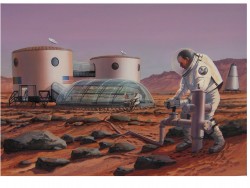
But it doesn’t stop there; water could also be extracted from the atmosphere. One of Dr Brown’s studies focus on measuring the variation of water ice crystals in the clouds throughout the seasons. There should also be quantities of water vapour in the warmer equatorial regions.
There is also the possibility of extracting water from the permafrost layers below the Martian regolith. The Phoenix Mars lander (set to arrive at the Red Planet on May 25th) will be able to investigate the possibility of sources of frozen water below the surface. Dr Brown also indicated that the observations by the Mars Orbital Camera (on board NASA’s Mars Global Surveyor, lost in November 2006) of apparent gullies may reveal the location of possible sub-surface aquifers (after gushing across the surface) for future colonists to “tap” into (pictured). However, there have been studies that dispute this in favour of dry debris flows creating the gullies, but a definitive answer will not be arrived at until the gullies are analysed in-situ. And if he had the chance, I think Dr Brown would be the first to look into this exciting possibility after I asked him the question: Would you like to go to Mars?
“Of course I would love to travel to Mars, most of all to go to the polar regions and observe them with my own eyes. If I could actually go to the surface of Mars to investigate the fascinating geology of Nili Fossae and Valles Marineris, that would be so awesome. And to visit a gully site and dig behind it to try and find its source… and to witness the cold volcanoes of mud that erupt in the polar cryptic region during springtime… to go and understand these things that have us puzzled at the moment would be so amazing… and of course more questions would be raised, more geological problems unearthed, and the cycle of understanding the Red Planet would continue.” – Dr Adrian Brown
I share his enthusiasm and look forward to more discoveries by CRISM.
For more on Dr Adrian Brown’s work, check out his website: http://abrown.seti.org/
Sources: The Mars Foundation, CRISM

